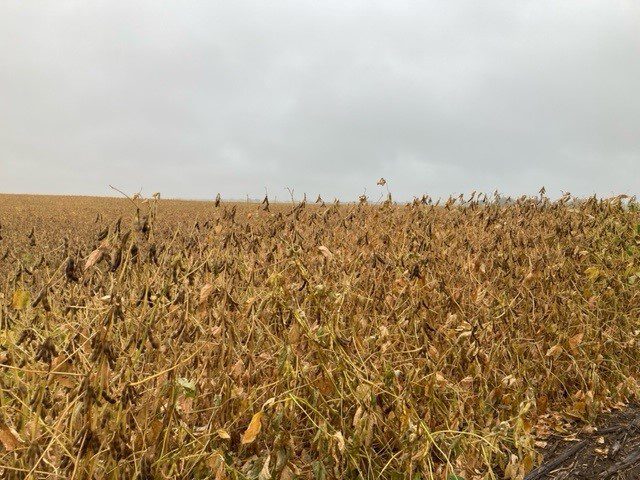

MINOT – There seems to always be something that plagues a farmer’s field, and one this year is soybean cyst nematodes.
T.J. Prochaska, extension crop protection specialist with the North Central Research Extension Center, said this nematode lives underground and its biggest threat is Sudden Death Syndrome, which would kill the soybean plants.
“Knock on wood, so far Sudden Death Syndrome has not been found in the state of North Dakota,” said Prochaska. “But this nematode has been found in some parts of the state.”
Prochaska said farmers can test their soil at their local REC or county extension office.
“The soybean board is paying for all the tests,” said Prochaska. “The farmer just has to go out there, collect soil samples of different areas of the field, submit it, and the soybean board is taking care of that.”
This problem has mostly been detected on the eastern third of the state, according to Prochaska, but the nematode can spread through the selling and moving of farm equipment.
“The best way to slow the nematode right now is going to be, when you’re done at a field site, cleaning up that piece of equipment,” said Prochaska. “Make sure we’re minimizing the amount of soil that’s moving from place to place. Unfortunately, there’s no cure-all for soybean cyst nematode, it’s just preventative.”
There are varieties of soybean that have a higher resistance to Sudden Death Syndrome.
“Sudden Death Syndrome is in South Dakota, parts of Minnesota, Nebraska,” said Prochaska. “So it is moving around.”
Prochaska said growing up on a soybean farm in Nebraska, he noticed Sudden Death Syndrome didn’t occur until flooding happened.
“Thankfully the nematodes that are here have not been exposed to that yet,” said Prochaska. “It is a potential thing that could happen.”
Soybean Cyst Nematode rarely shows above ground symptoms, according to Prochaska.
“To most farmers, the plant looks healthy until really late in the season,” said Prochaska. “Later in the season you might get some yellowing of the plant, maybe stunting, but two thirds of the growing season, a farmer can’t tell.”